10 tips for choosing window blinds: color, material, appearance
Blinds, which were once an attribute of boring and gray offices, are now actively used for arranging apartments and houses. They occupy a minimum of space, do an excellent job with the function of protection from sunlight and prying eyes, and most importantly, can become an interior decoration, take at least photo blinds. Today, the buyer is offered blinds of various designs, materials and colors, and the widest range turns into a real torture for an unprepared person. It’s better to make a purchase fully equipped, but for this it doesn’t hinder to figure out in advance how to choose window blinds, what advantages and disadvantages their different types have, and which option will be best in each particular case.
No. 1. Advantages and types of blinds
Modern blinds, regardless of the design features, have the following advantages:
- space saving and low construction weight;
- practicality and ease of use;
- functionality;
- ample opportunities for regulating the flow of sunlight;
- simplicity in leaving;
- grandiose choice.

Blinds compete confidently with familiar types of curtains and often triumph in this competition. Moreover, for the organization of space on the balcony is almost the only suitable option.
We are used to the fact that the blinds consist of thin interconnected lamellas. Depending on their location blinds are divided into vertical and horizontal. In addition, the group of blinds often includes designs in which instead of lamellas a continuous fabric cloth is used, this roller blinds and pleated blinds.
No. 2. Blind Material
For the manufacture of blinds, the following materials can be used:
- plastic;
- metal;
- the cloth;
- tree;
- bamboo.
Also possible multifactor optionwhen two or more materials are combined at once. The design and type of material used significantly affect the features and scope of use of blinds.
Plastic blinds
Plastic blinds are widespread, are used on kitchens, balconies, bathrooms and even living rooms. Plastic is used to create mainly horizontal blinds, and among it major benefits:
- low price;
- hygiene and ease of care;
- the possibility of coloring in any color and applying the texture of any material (for example, wood);
- resistance to moisture and sunshine.
However, some recognize plastic not aesthetically pleasing for residential use, but it’s a matter of taste. The remaining disadvantages are associated with poor-quality material, which can turn yellow, deform in the sun and break.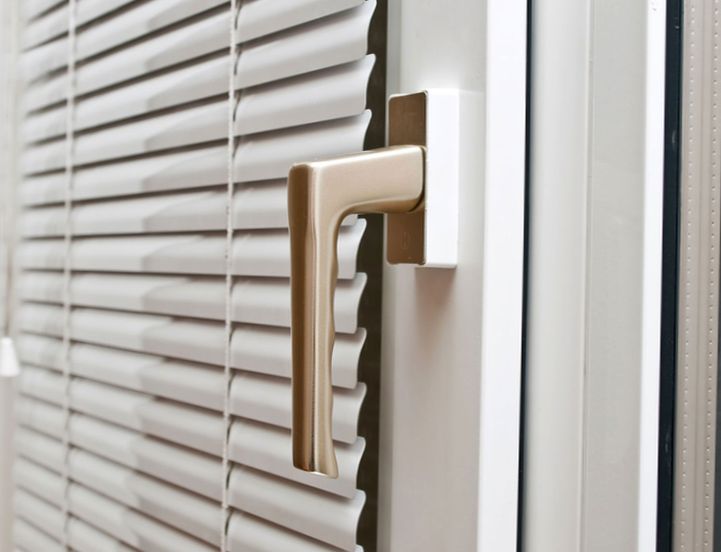
Fabric Blinds
By popularity, fabric blinds catch up and even surpass plastic blinds. Fabric used to create roll and vertical blinds, much less horizontal. The latter are considered exclusive and cost accordingly.
Commonly used fabrics are:
- fiberglasswhich is resistant to fire and indispensable in the kitchen;
- polyester, dense, resistant to fading and easy to care for;
- cotton - An option for lovers of all natural. Preference should be given to the most dense fabric, which is less prone to deformation, stretching and skewing;
- jacquard - durable fabric with excellent sun protection, an option for the bedroom.
Manufacturers usually cover the fabric. special impregnations, which protect the blinds from burnout, dust and odors, so minimal maintenance is required. Only sometimes you have to do dry cleaning, in extreme cases - wet. Lamels of vertical fabric blinds come in different heights and shapes, so you can design any window opening and make it original. They can be of any color or pattern, and on the back side fabric blinds can have a special coating that does not allow light to pass through - an option for bedrooms.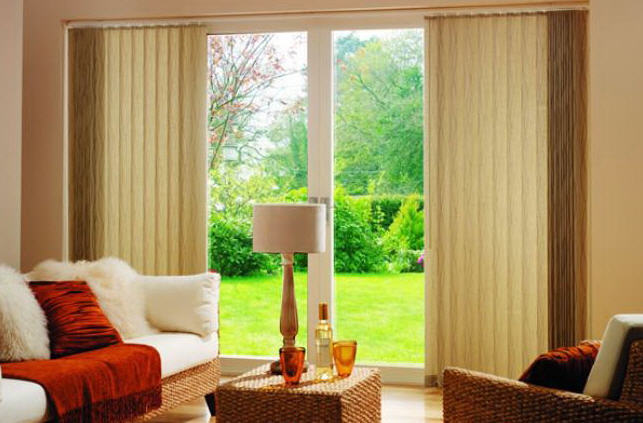
Wooden blinds
If it is necessary to choose blinds for interior style country, eco or classicthen you can stay on wooden. Their main advantages:
- beautiful appearance due to the natural pattern of wood;
- environmental friendliness;
- strength and ability to keep fit perfectly;
- durability.
Wood is suitable for horizontal blinds. Can be used more or less inexpensive breeds (cork, Canadian linden, painted pine) or valuable (wenge, mahogany and rosewood). In any case, the price is many times higher than for plastic and fabric analogues, and not only the cost, but also the performance depends on the breed. The cheapest wooden blinds will be fragile and will soon begin to fade in the sun, changing color, while high-quality blinds will last a long time and will not succumb to temperature effects. Wet cleaning the tree is contraindicated - only dry cleaning is suitable. It is better not to make large structures out of wood - they will look massive and heavy to weigh.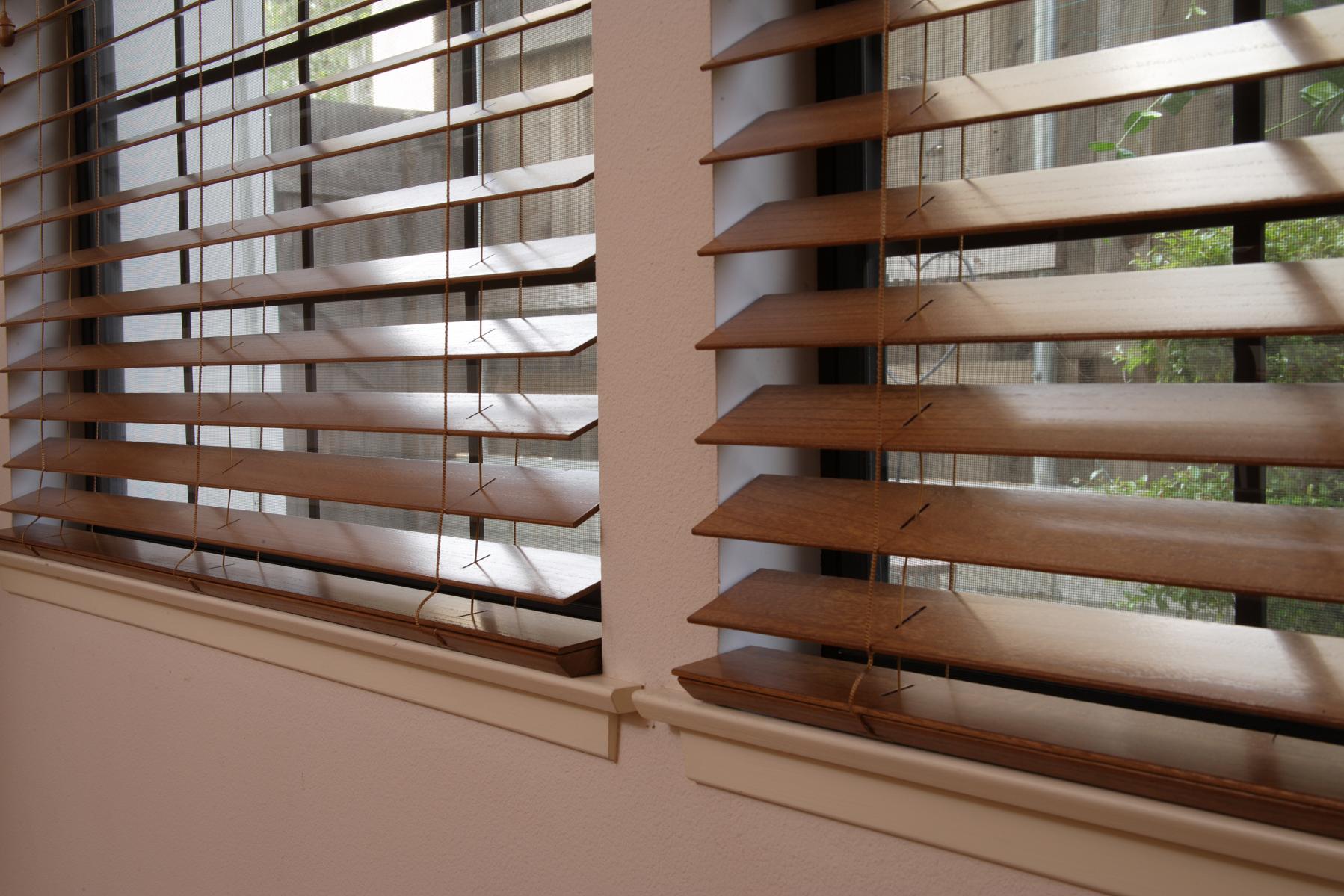
Bamboo blinds
The last drawback of wooden blinds is bamboo - they are lightweight, and when folded up they take up a minimum of space. The material is not afraid of sunlight, is resistant to moisture, the color ranges from light yellow to golden brown. Of cons high price and the ability to deform under its own weight, so bamboo is not suitable for organizing large window openings.
Metal (aluminum) blinds
Metal blinds are usually made of lightweight duralumin alloys. These are cheap constructions that are usually used in industrial premises, but are also applicable in kitchens and interiors made in the loft style or high tech. Slats can be perforated to create an unusual lighting effect or covered with special materials to give them a velor surface.
TO the benefits include ease of care, resistance to ultraviolet, moisture, fire, as well as low weight. Main minus - the property to rattle in a draft and deform, but the price is low.
No. 3. Horizontal blinds
What blinds to choose for a small window opening? Definitely horizontal. Their versatility lies in the fact that they can be used to organize windows of almost any size and even for inclined skylights.
Benefits:
- take up a minimum of space;
- ample opportunities in regulating sunlight, because horizontal louvres rotate at the right angle, and the blinds can be raised to the required level, until the window is completely released;
- simple installation and a variety of mounting options: on the casement, in the window opening, behind the window opening;
- large selection of materials.
Of cons note less strength and ease of handling compared to vertical blinds. The standard lamella widths are 16 and 25 mm. Horizontal blinds can mounted between frames - this design saves space, while maintaining convenience, because the control mechanism is carried out inside the room. For inclined windows are provided attic structures, which are distinguished by the presence of special cables to help keep the blinds parallel the window.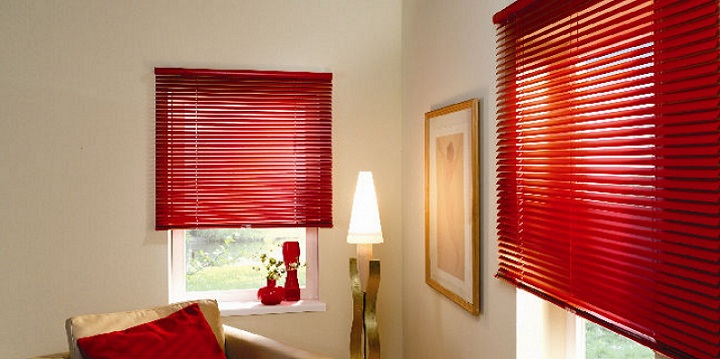
Number 4. Vertical blinds
Vertical blinds most resemble curtains, can only be made of fabric. The design is a system of vertical slats, which are mounted on top cornice, and below are connected by a chain. The width of the lamella is usually 127 or 89 mm: for large rooms, wider elements are applicable, in small rooms - narrow lamellas will look more harmonious. Open blinds in one of the parties or from the center in both directions, the length can be up to windowsill or to the floor.
Benefits:
- excellent appearance;
- variety of design;
- strength, practicality and durability;
- vertical slats are able to visually slightly raise the ceilings;
- simplicity in management;
- the possibility of arranging window openings of complex shapes (for example, arched).
Cons such blinds practically do not exist, but you can complain about the fact that they are not quite compact.
No. 5. Cassette blinds
Cassette blinds are considered one of the varieties of horizontal. The basis of the design is the cassette, which is firmly attached to the sash of the window, and in which the assembled blinds hide. The system was specifically designed for plastic windowsvery rare on wooden. Blinds are made of plastic or fabric.
Since the installation of the blinds is carried out close to the glass, space is saved. Blinds do not interfere with the free opening of the leaves, as they are firmly held on them. Moreover, this design opens up greater possibilities for regulating the luminous flux, since one leaf can be left closed, opening the second.
No. 6. Roller blinds and pleated blinds
Roller blinds can only be stretched to the category of blinds. Here, instead of lamellas, a solid piece of fabric: when folded, it is wound on a roll and completely releases the window opening, and when deployed, it completely closes it. By adjusting the height of the canvas, you can achieve the desired degree of lighting. The fabric can be of any color, embroidered with beads, stones, have an original pattern, and then in the expanded form such blinds will be a real decoration. Of the benefits note compactness, excellent appearance and ease of operation, but it is better not to allow prolonged exposure to soot and strong odors.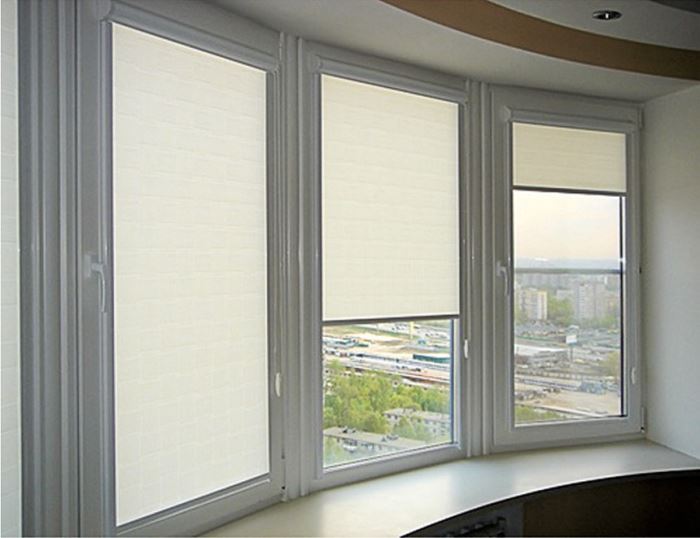
Blinds Pleated they are also made of fabric, sometimes paper, which special machines process with the formation of horizontal folds, thanks to which the product is easy to smooth and fix at a certain level. When folded, such curtains occupy a minimum of space in the window opening, and most importantly advantage lies in the possibility of using complex configurations on windows.
Number 7. Blinds size and installation method
The size blinds depends not only on the parameters of the window opening, but also on the type of design chosen and the installation features. First things first.
Horizontal blinds can be fixed:
- on the sash. The width of the blinds should be 30 mm larger than the width of the glass. The length corresponds to the length of the window itself, but it is better to take 1.5-2 cm from it so that the blinds do not lie on the windowsill;
- in the opening. Measurements are carried out at several points, since the window opening may be slightly different from the ideal. The width and length are determined, as in the previous version, but it is worth remembering that the cornice of the blinds will protrude slightly on both sides, so it does not hinder to check whether it will rest against the slopes;
- on the wall. The width of the blinds should be 10-15 cm greater than the width of the window opening, the length is chosen at your own discretion: the blinds can close the window sill, or they can not be reached a little.

Vertical blinds are attached:
- in the opening. The width of the blinds in this case will be equal to the width of the opening minus 2 cm, subtract 1 cm from the length of the opening;
- on the wall. The width of the blinds should be wider than the window opening by 10 cm or more.The length depends on how strongly the window sill protrudes. If it goes beyond the line of blinds, then they should not be below the window sill. If it is hidden, then the length can be any right up to the floor, but it is better to leave about 5 cm between the flooring and the blinds;
- to the ceiling. The width of the blinds exceeds the width of the window by 10-15 cm, and the length is defined as the distance from the ceiling to the window sill minus 5 cm when the window sill protrudes. When the window sill is flush with the wall, the length should be at least 5 cm greater than the distance from the ceiling to the window sill, and may equal the height of the room minus 5 cm.

The blinds can be attached with or without drilling. When the structure is mounted to a wall, ceiling or window opening, use self-tapping screws, but it is better not to drill plastic windows - special brackets are provided for them.
Number 8. Blind control system
Blinds can be controlled:
- manually - This is the easiest, cheapest and most common option. Canes, chains and ropes are used for this. It is only important that access to the control system is as convenient as possible;
- remote control provides for the presence of an electric drive, buttons and control panels. This option is for bulky heavy systems when the cornice is too high or when access to the window is difficult;
- system "smart House» will open and close the blinds at a pre-configured time without human intervention.

No. 9. Color blinds
Designers use several basic principles for choosing the color of blinds:
- in tone with the walls, or rather a couple of shades darker or lighter - a win-win choice;
- in tone of furniture or textile - this solution allows you to create very interesting and stylish interiors;
- contrast shade only relevant if the interior is decorated in neutral colors and in the same color scheme, then the blinds will become an accent;
- universal optionwhich is appropriate in 90% of cases - White color.

It is not necessary to dwell on plain blinds - you can choose the option with pattern or even photo printing. The main thing is that they fit harmoniously into the interior: the more patterns, textures and colors used in the room, the more restrained the blinds should be.
To the kitchen it’s better to choose practical plastic blinds, for the living room and bedrooms suitable fabric vertical or horizontal wooden, in the nursery compact and practical roller blinds can be used. If desired, you can combine blinds with curtains.
No. 10. Hardware - the final touch
A competent choice of blinds requires attention to detail, i.e. to fittings. Convenience of operation and appearance of the design will depend on its quality and performance. Usually blinds are equipped with such accessories:
- cornice - the element to which the louvre shutters are attached. It is made of aluminum or wood, plastic analogues are short-lived. In roller blinds, the cornice is replaced by a coil on which the fabric is wound;
- runners - fastening elements for louvres of vertical blinds to the cornice, usually made of plastic;
- connecting chain combines vertical lamellas from below, horizontal - on the sides. A special rope can be used, but the fishing line will be much stronger;
- canes and control chains;
- weights used in vertical and roller blinds to keep them upright.
Can be used additional fittingseg ergonomic handle or trim strip. All metal parts must be chromed or galvanized. The elements of the fittings are fixed so that if necessary they can be easily replaced, their color is usually as close as possible to the color of the blinds.
Finally, the blinds do not interfere to testby opening and closing them in a row 10-15 times. A high-quality product will work smoothly, without jamming and creaking, and the lamellas will not turn over.


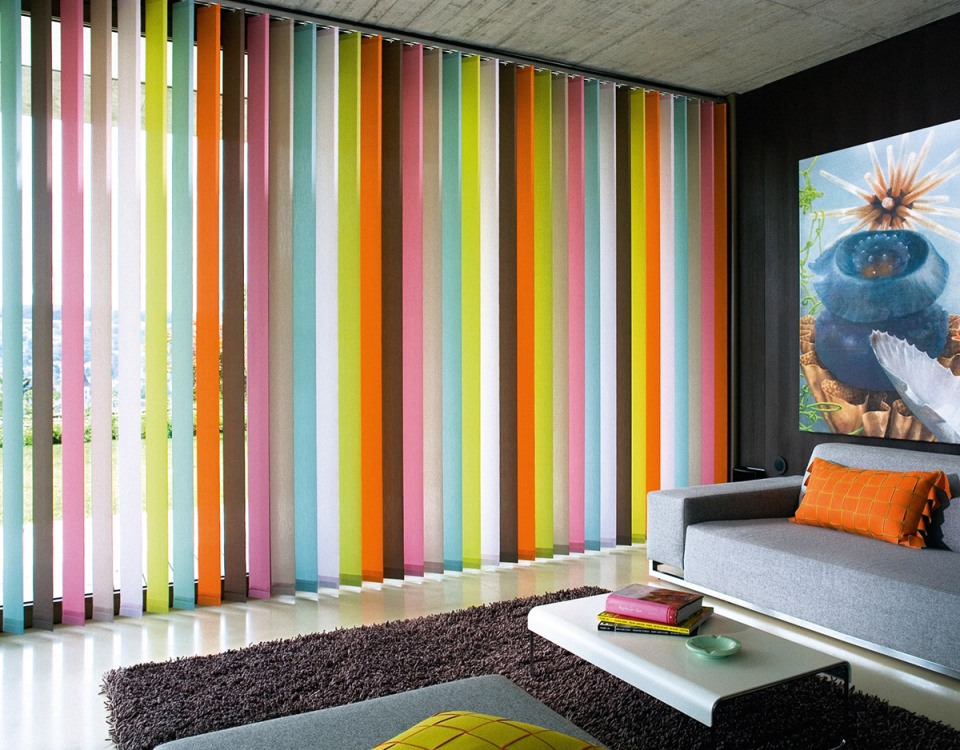

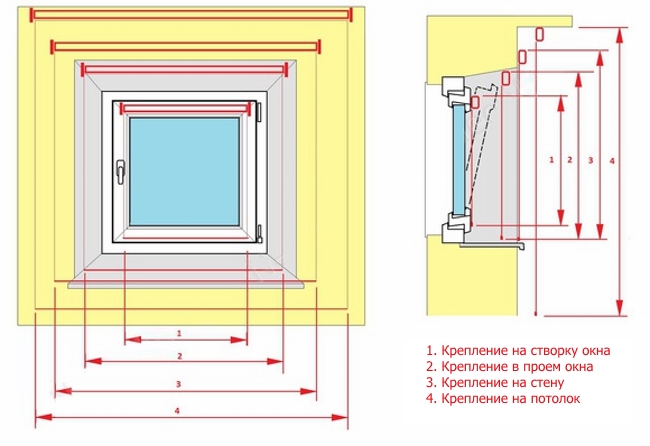
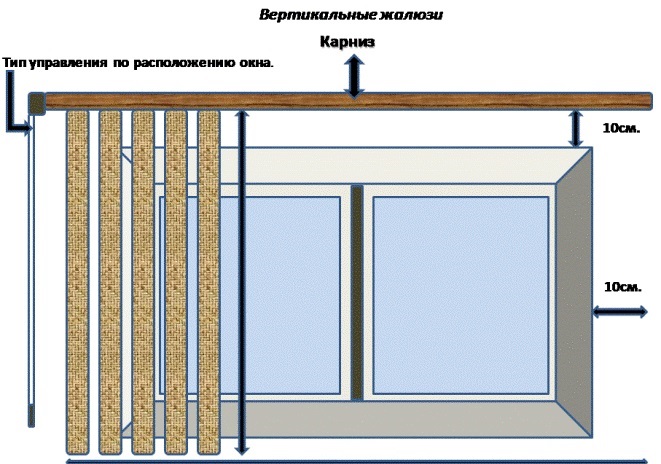
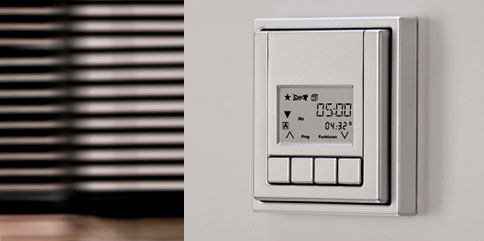

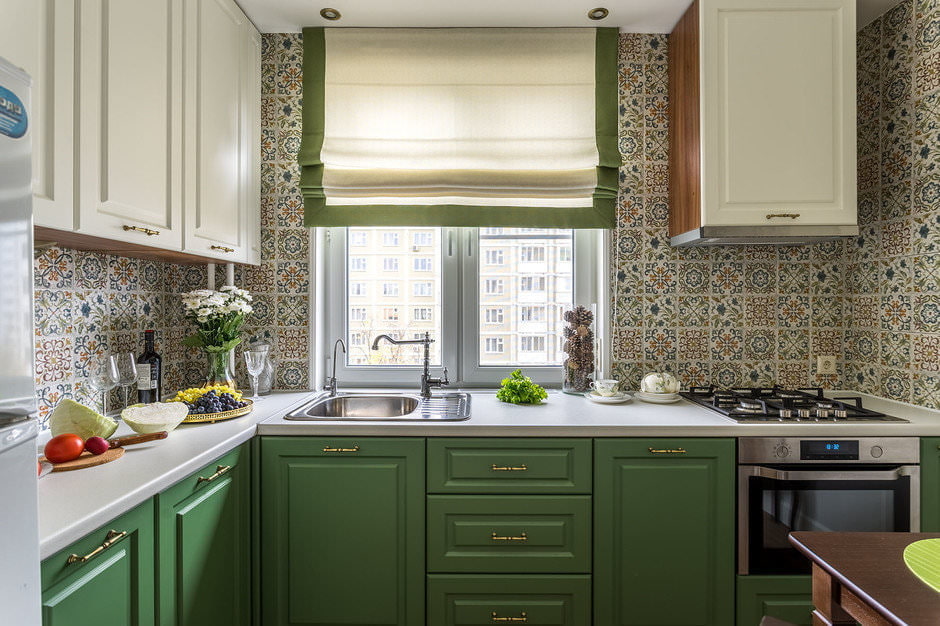

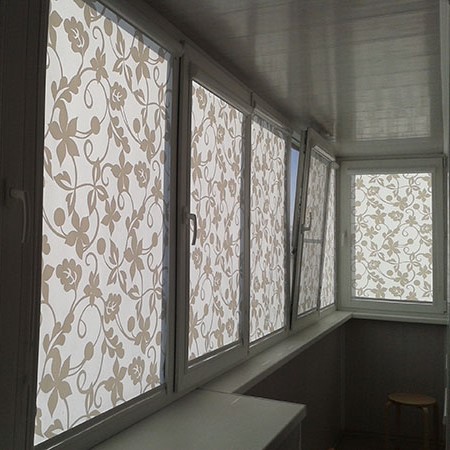
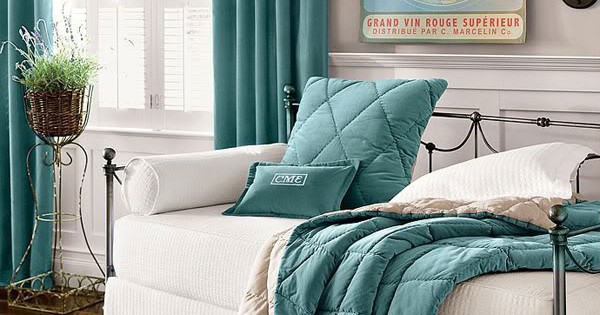
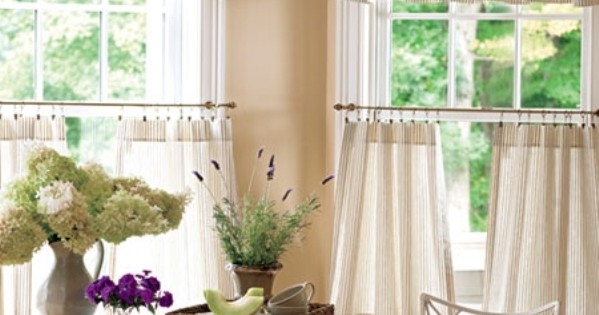

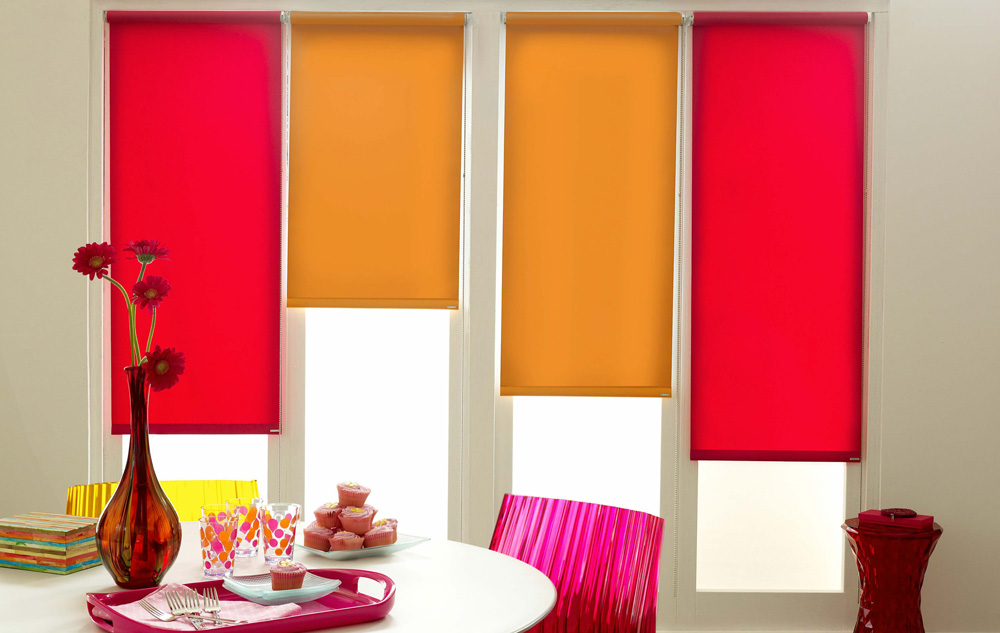


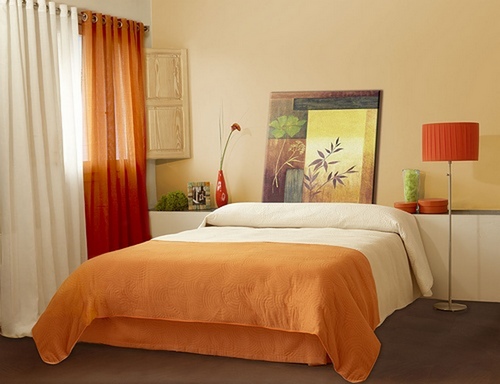
Thanks! She doubted for a long time whether to hang the blinds home. There really was a stereotype that this is a more office option. I went and looked at many stores like nikoss, but I didn’t dare to use the blinds) as a result, it turned out that I like roller blinds more